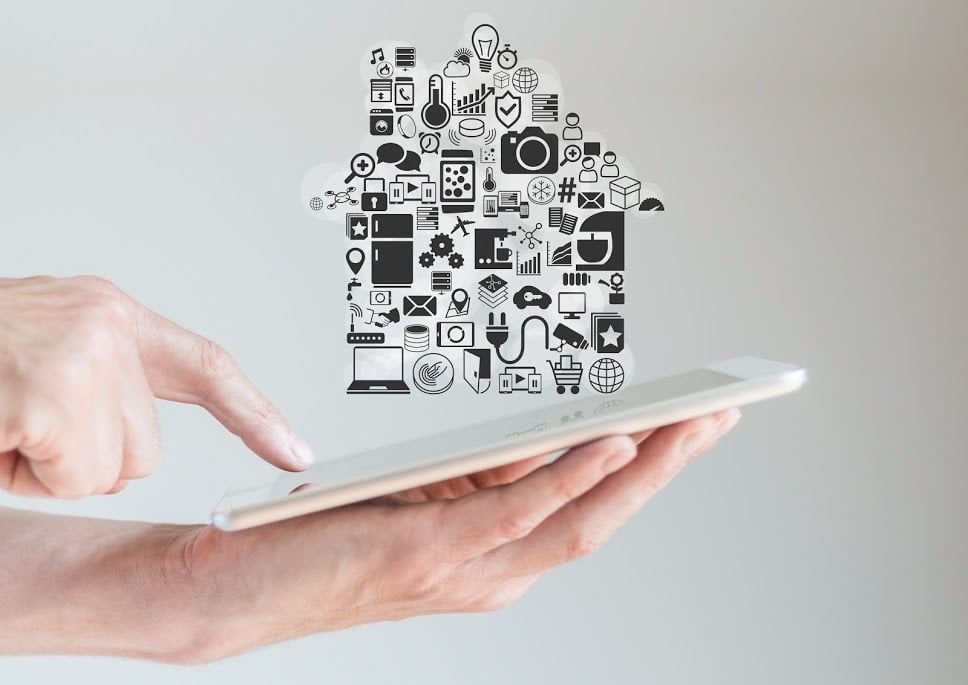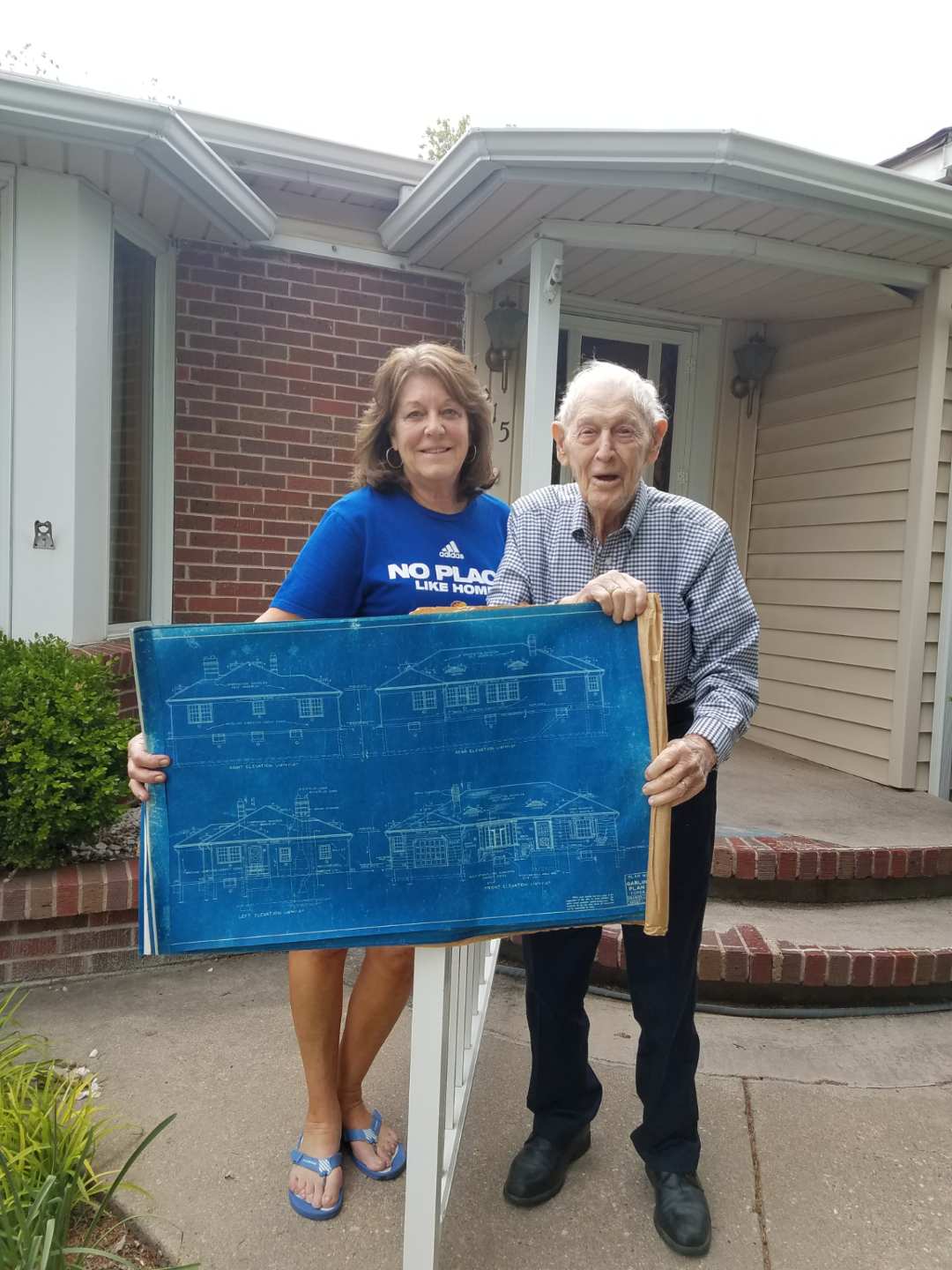Digital Home Assistants Get Things Done
In the early 2000s, the term “PDA” lost some of its romantic connotations and began to stand for “Personal Digital Assistant” – intelligent machine software that, for the first time, combined the power of a computer with the handheld convenience of a day planner and organizer. Today, however, our digital helpers are able to do much, much more than simply tell us where and when our next meeting is or what time to pick the kids up from school. Now we can communicate our needs to our “assistants” just by speaking to them across the living room, and they’re only getting smarter from here.
Listening and Learning
The voice-control capabilities of the most recent generation of digital assistants makes their entrance into our lives as smooth as entering into a conversation with a friend, albeit one who happens to also be a robotic machine. Gone are the days of telling your tech tools what to do with a stylus or a keyboard, now they can understand your intent with spoken commands and even offer a witty joke now and then.
The more information you share with your digital assistant the more they can get done for you. The success of this technology is based upon its remarkable capacity for data analysis. Learning from previous data models, trends and patterns, it builds automated, algorithmic systems – simulating the human decision making process. Your digital helper listens to your commands and then “remembers” your preferences to deliver reliable, repeatable results.
The Newest Home Helpers
Amazon’s Alexa, Apple’s Siri, Microsoft’s Cortana and Google’s “Now” are currently leading the pack in terms of virtual assistant software, bringing the voice-powered tech from our smartphones to devices for home use.
Alexa controls the Echo, a cylindrical device with seven speakers that gives users hands-free access to the other connected, “smart” objects all around them, as well as other apps and software programs. With the Echo, Alexa helps you speak to your home – meaning you can control your lights, appliances, thermostat, and window shades, even your front door, provided they are also Internet-enabled. The Echo will play your music on command, tell you about the traffic on your route to work, and answer any of your most pressing search queries. “She” is a helpful bot that aims to both blend in and stand out at the same time. As Alexa’s software integrates with more home products and additional digital platforms, her “learning” capabilities will only improve and make her services more desirable.
Bringing Home Bots
The ever-expanding ecosystem of the “Internet of Things” has created a need for digital assistants to interface between us and our newly-intelligent objects. To make things easier, we need tools that are compatible through a home network and have the ability to control all the Internet-enabled devices operating under one roof.
Many people trying to create their own home automation system buy just one or a few pieces at a time. For instance, they may buy security sensors for doors and windows, and a hub that receives the signal from the sensors then report any unexplained motion to the owner as alerts on their smart phone. The owner may also add a camera that will give them a view inside the home through a live feed. This website and other resources can help you see which devices work seamlessly alongside the Echo – the list is long, but it is by no means done growing. As the Internet expands across other formerly-analog aspects of our world, we can expect our knowledge to be increasingly informed by the “perceptions” of our intelligent machine assistants. As their software improves to predict more of our wants and needs before we assert them ourselves, we can only hope that this will be a good thing.
Contributing Author: Beth Lisanne is a freelance blogger and researcher. In her free time, she likes fixing old cameras and learning to speak new languages. She was born and raised in Michigan but now resides in Chicago, IL.











Leave a Reply